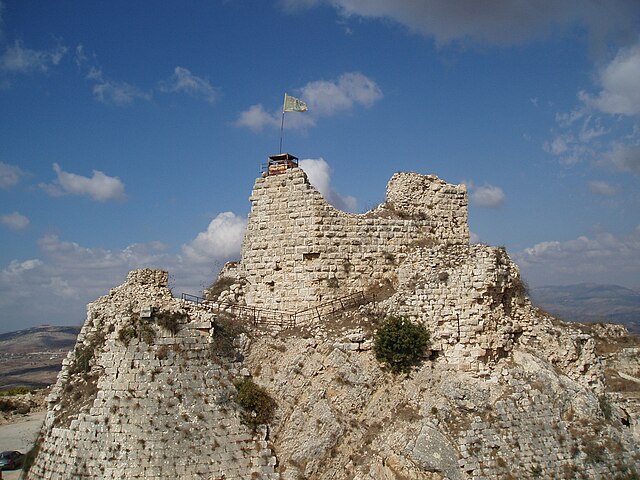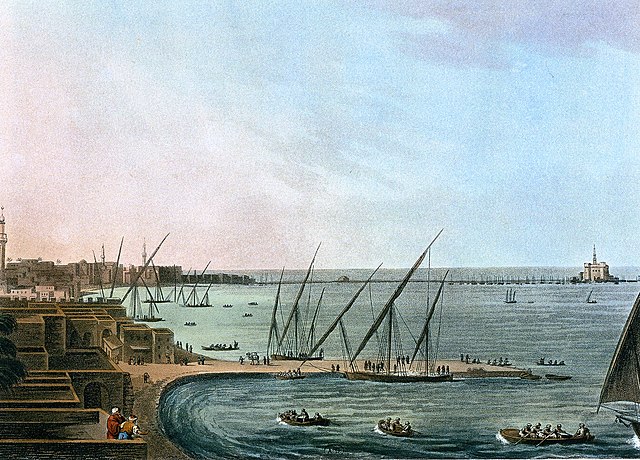Ahmed Pasha al-Jazzar was the Acre-based Ottoman governor of Sidon Eyalet from 1776 until his death in 1804 and the simultaneous governor of Damascus Eyalet in 1785–1786, 1790–1795, 1798–1799, and 1803–1804. Having left his native Bosnia as a youth, he began a military career in Egypt in the service of mamluk officials, eventually becoming a chief enforcer and assassin for Ali Bey al-Kabir, Egypt's practical ruler. He gained the epithet of al-Jazzar for his deadly ambush on a group of Bedouin tribesmen in retaliation for the death of his first master in a Bedouin raid. Al-Jazzar fell out with Ali Bey in 1768 after refusing to take part in the assassination of another of his former masters. He ultimately fled to Syria, where he was tasked by the Ottomans with defending Beirut from a joint assault by the Russian Navy and Zahir al-Umar, the Acre-based ruler of northern Palestine. He eventually surrendered and entered Zahir's service before defecting from him and fleeing with stolen tax money.

Portrait of Jazzar Pasha, 1775
Al-Jazzar was a chief assassin and protégé of the Mamluk strongman of Egypt, Ali Bey al-Kabir (pictured)
Skyline of Acre, where al-Jazzar established his headquarters
Remains of the Beaufort Castle that al-Jazzar had destroyed along with other fortress strongholds of the Shia Muslim clans in Jabal Amil
Ottoman Egypt was an administrative division of the Ottoman Empire after the conquest of Mamluk Egypt by the Ottomans in 1517. The Ottomans administered Egypt as a province (eyalet) of their empire. It remained formally an Ottoman province until 1914, though in practice it became increasingly autonomous during the 19th century and was under de facto British control from 1882.
Ottoman Cairene cruciform table carpet, mid 16th century
Alexandria in the late 18th century, by Luigi Mayer
Murad Bey by Dutertre in Description de l'Egypte, 1809
Battle of the Pyramids, Francois-Louis-Joseph Watteau, 1798–1799








